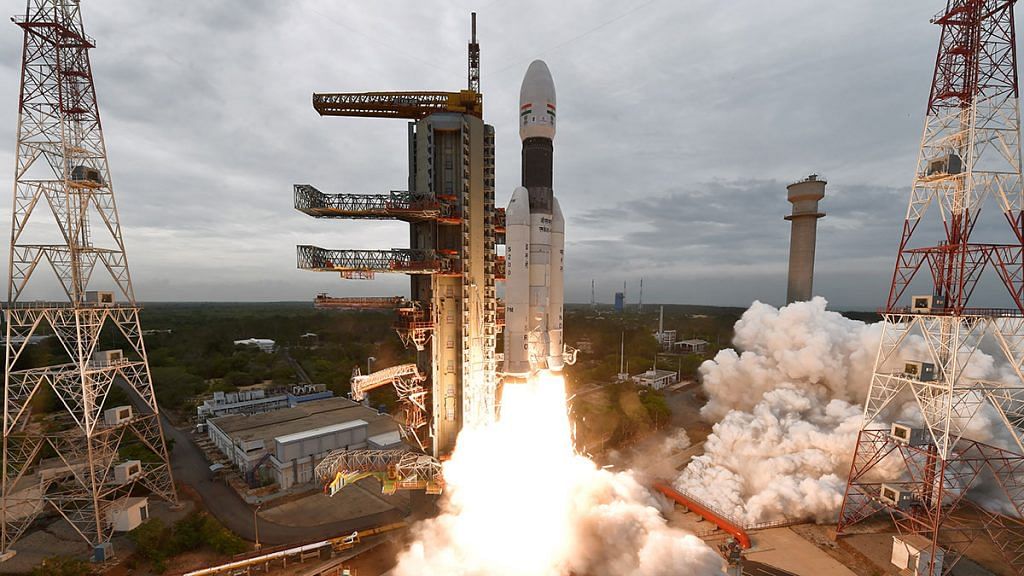Bengaluru: The four astronauts, who have been selected for the Gaganyaan project, will begin their 11-month training in Russia from next week.
Union Minister of State (Independent Charge) for Atomic Energy and Space Jitendra Singh has said in a statement the astronauts shall also receive module-specific training in India after that. In India, “they will be trained in crew and service module designed by ISRO, learn to operate it, work around it and do simulations”, said the statement.
The identity of the four astronauts, all of them men, cannot be revealed, according to the ministry.
The astronauts for India’s first crewed space mission were selected after a round of training in Russia by the launch service provider Glavkosmos. Ten Air Force personnel were initially shortlisted, out of which four were finally selected.
In 1984, Rakesh Sharma became the first Indian to enter space on a Russian mission.
Gaganyaan, with a Rs 10,000 crore budget, is expected to be launched by December 2021. A centre in Bengaluru has been set up for the mission.
The Indian Space Research Organisation (ISRO) will first conduct a full test flight in December 2020, without any crew on board. On the actual flight, the new members will orbit the earth for seven days and carry out experiments.
Speculations were also rife that there would be only one person to go to space instead of a previously announced crew of three.
ISRO has put out a call asking for 10 types of microgravity experiments to be placed inside and outside the crew module. Experiments with bacteria, medical investigations, environmental monitoring, and more are also expected to take place.
Together, the modules are expected to weigh 7,800 kg and the mission will launch on the behemoth GSLV Mk=III which made its first operational flight in July of 2019.
Also read: ISRO set to launch GSAT-30 satellite, its first space mission of 2020, from French Guiana
